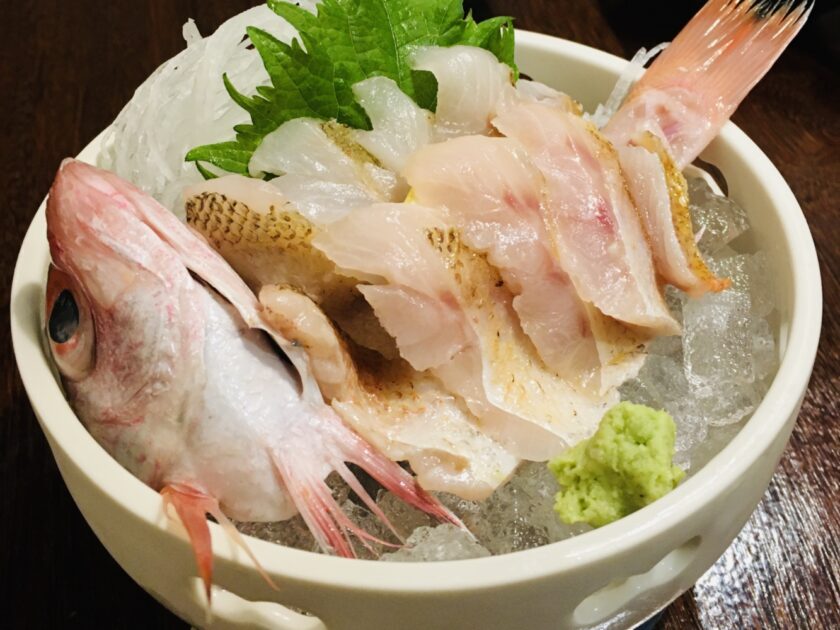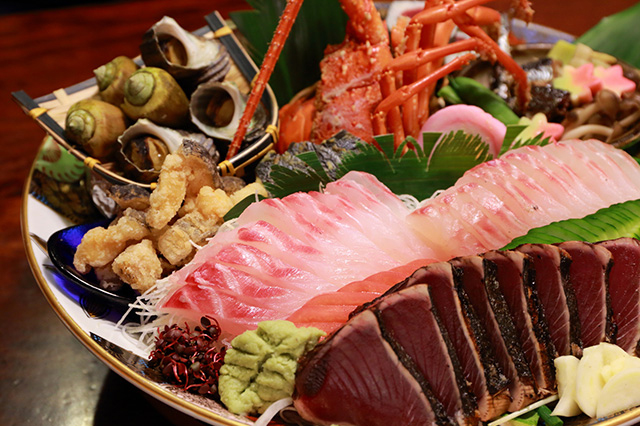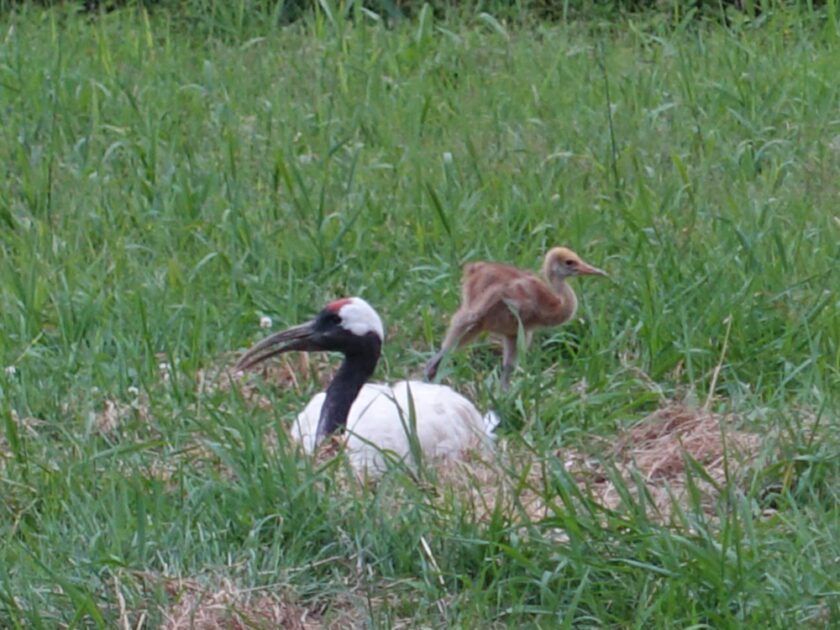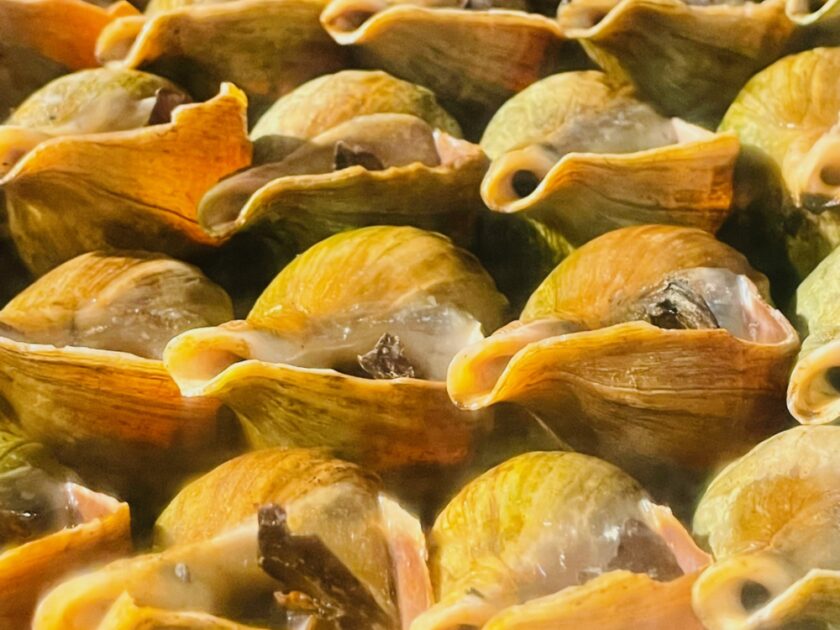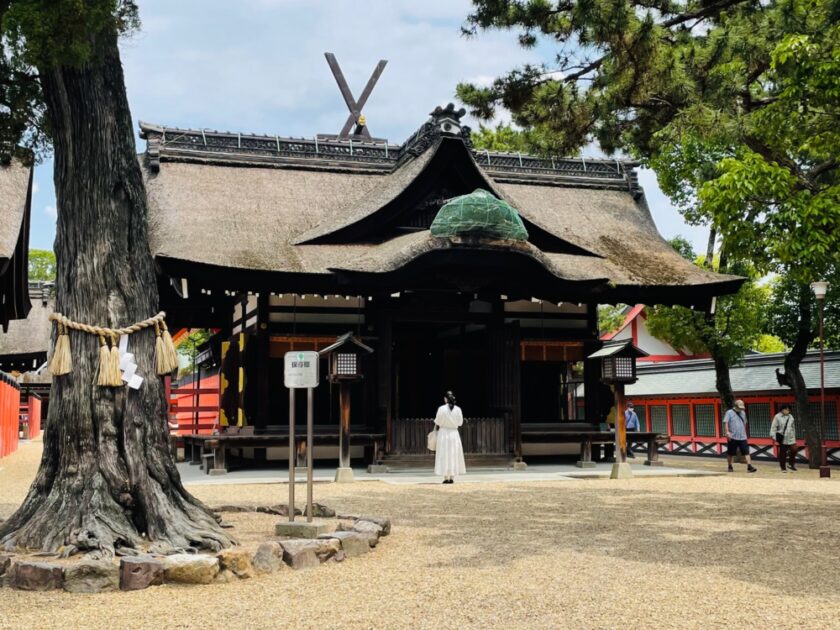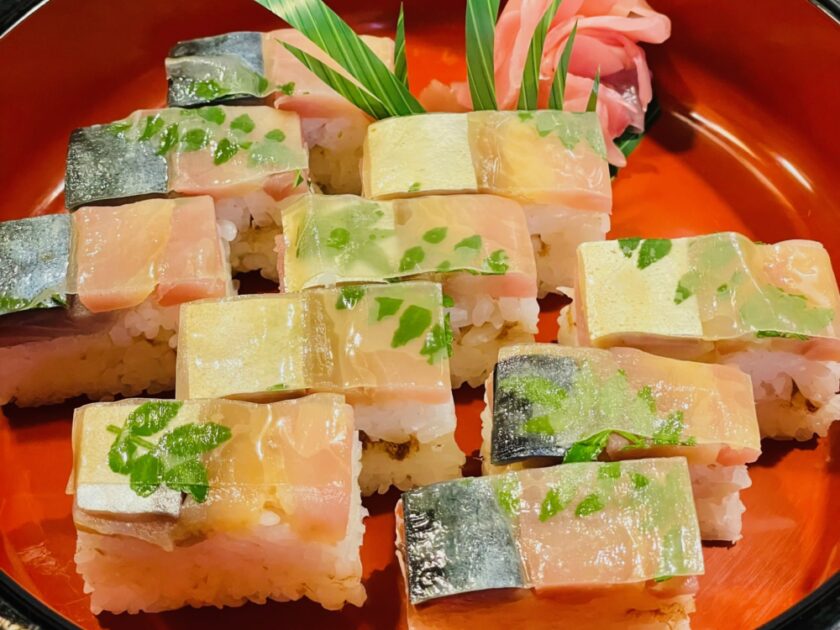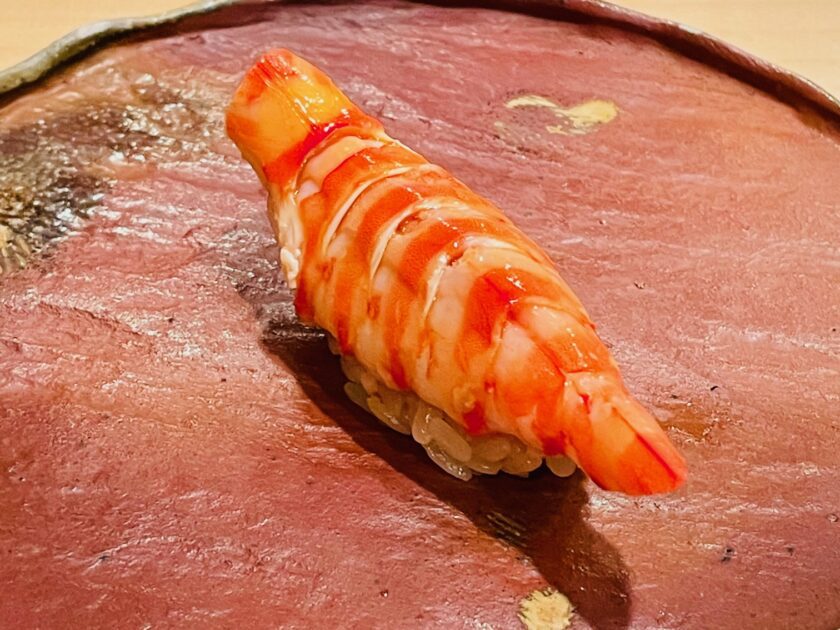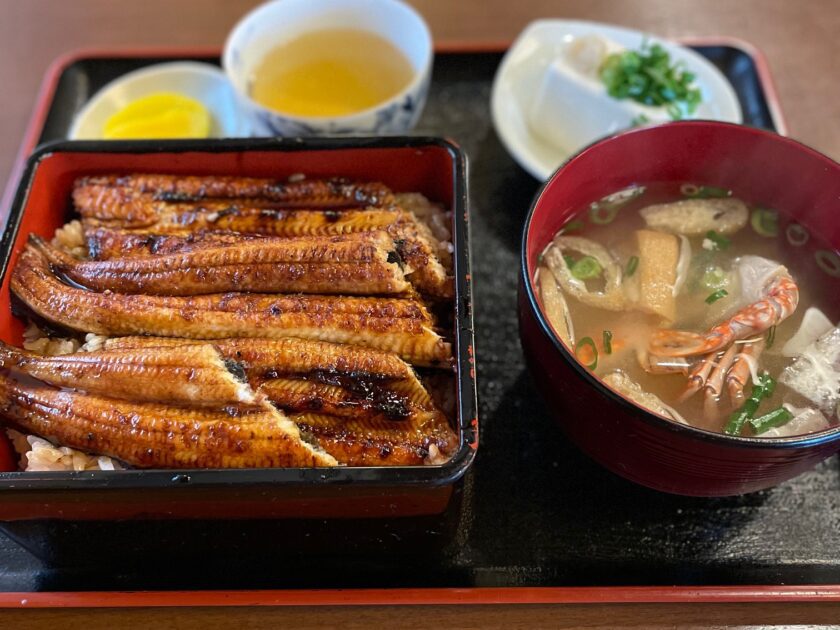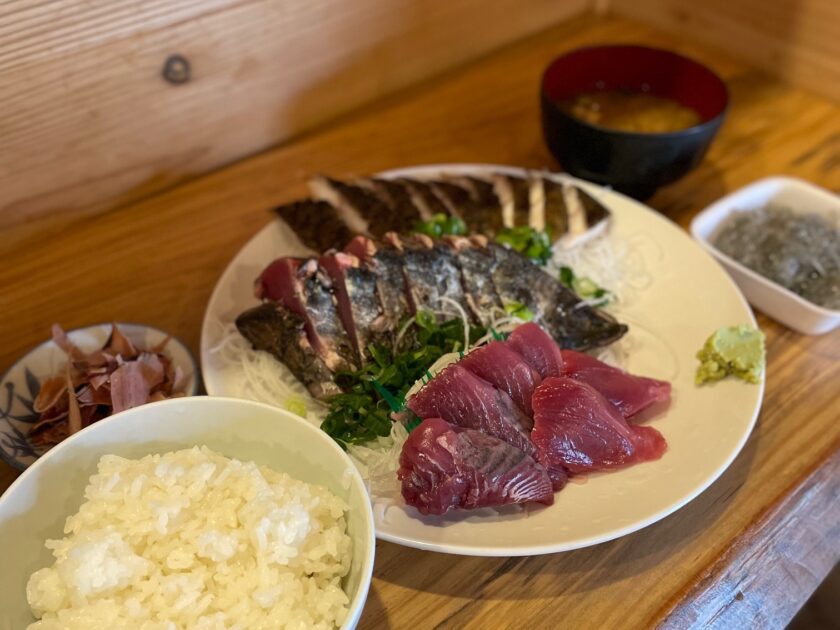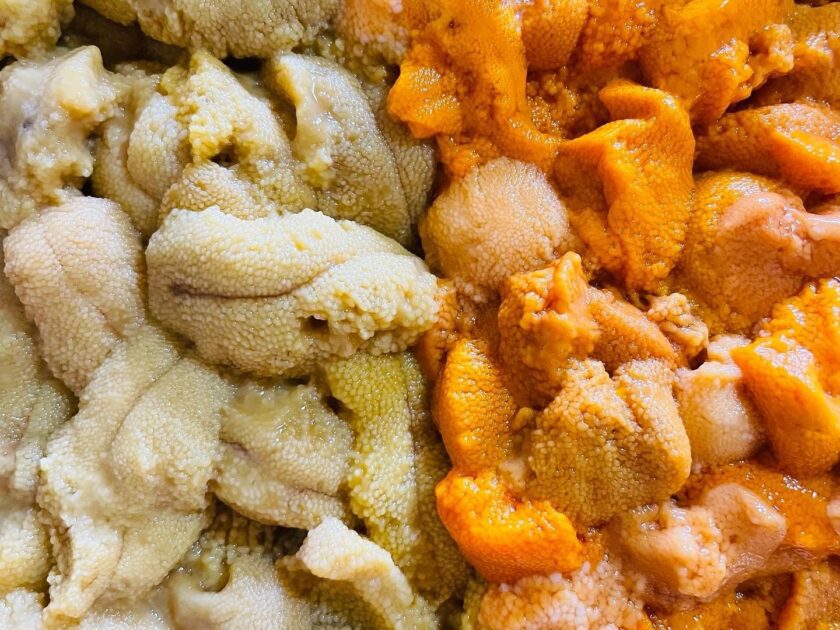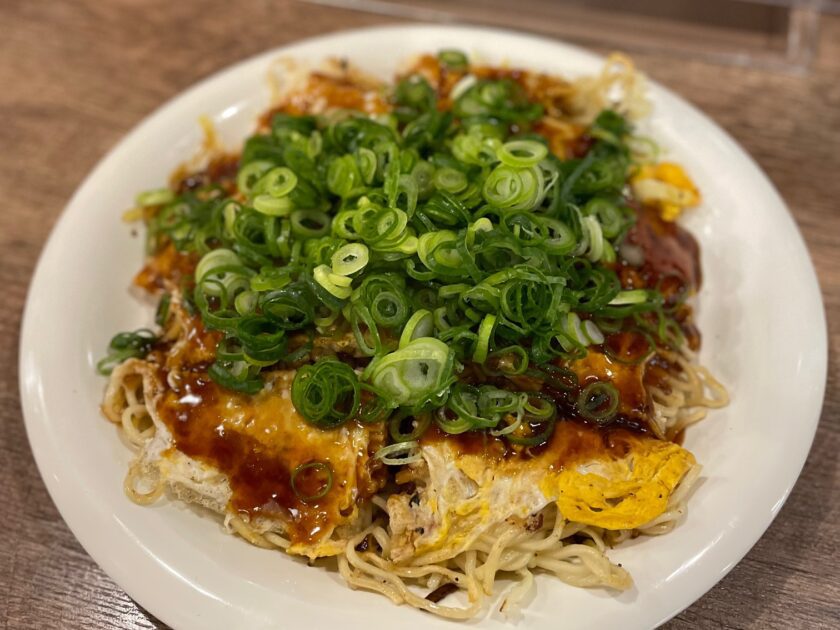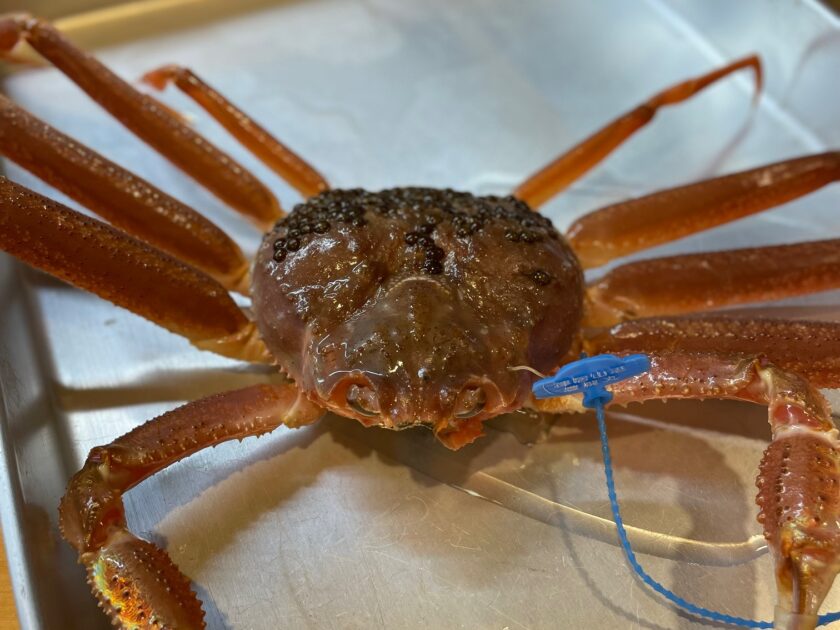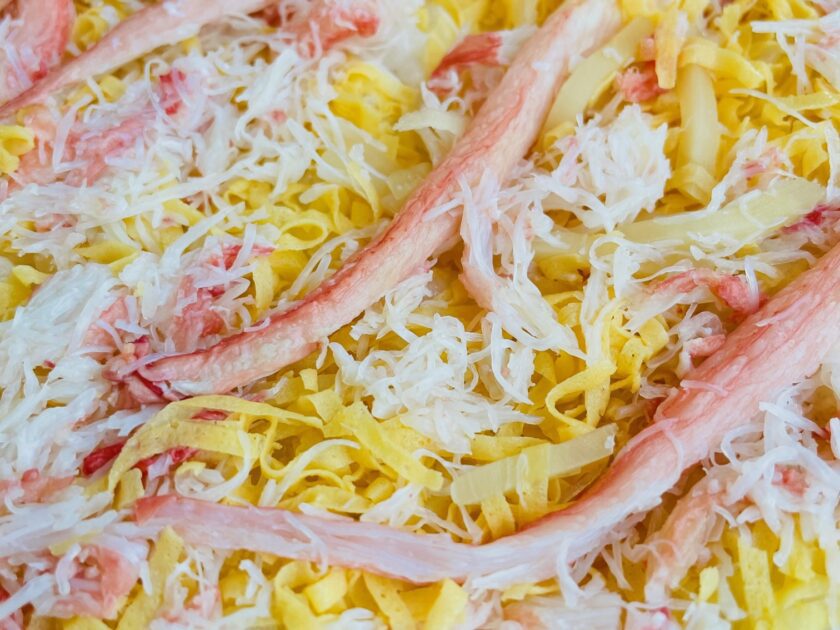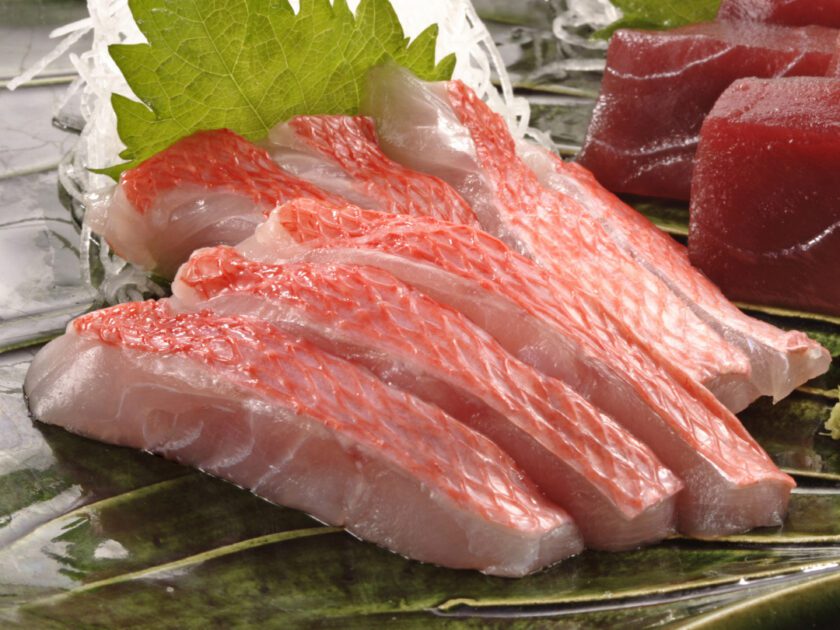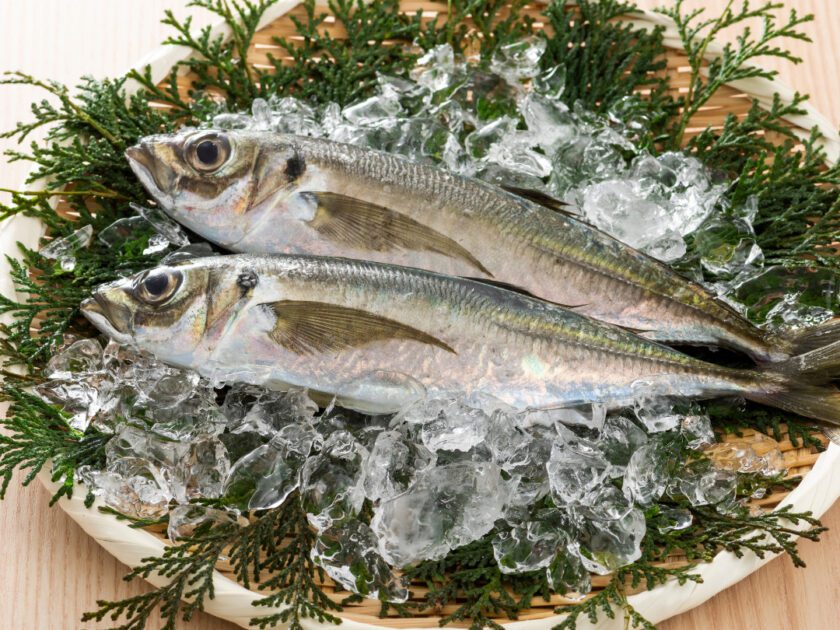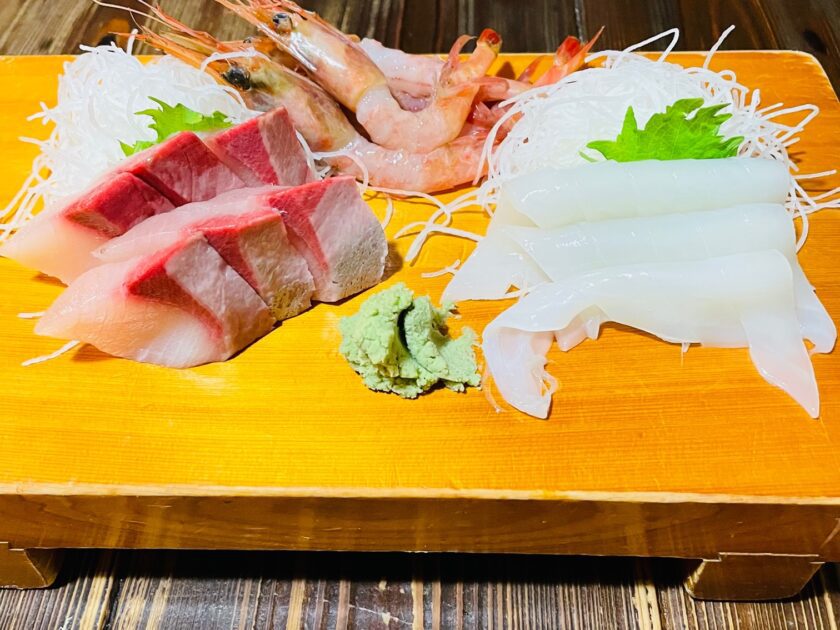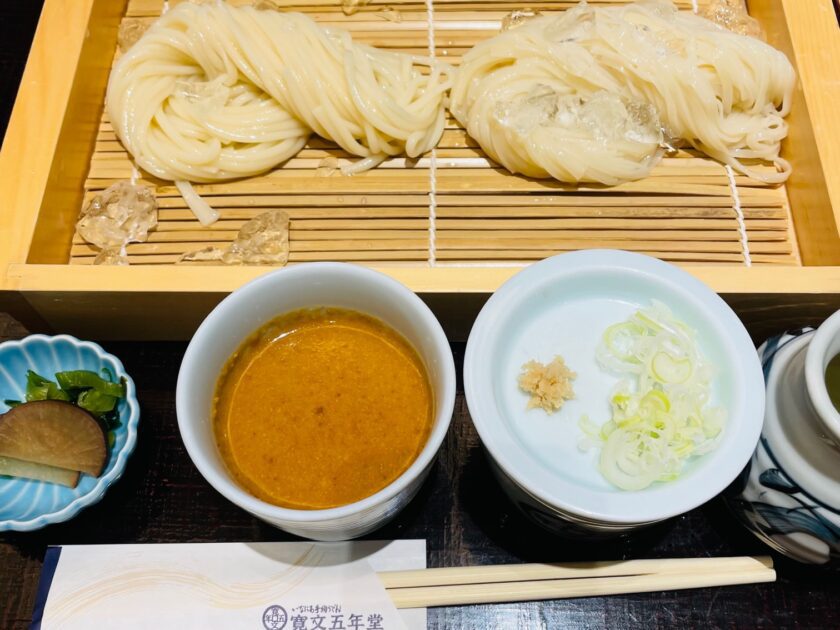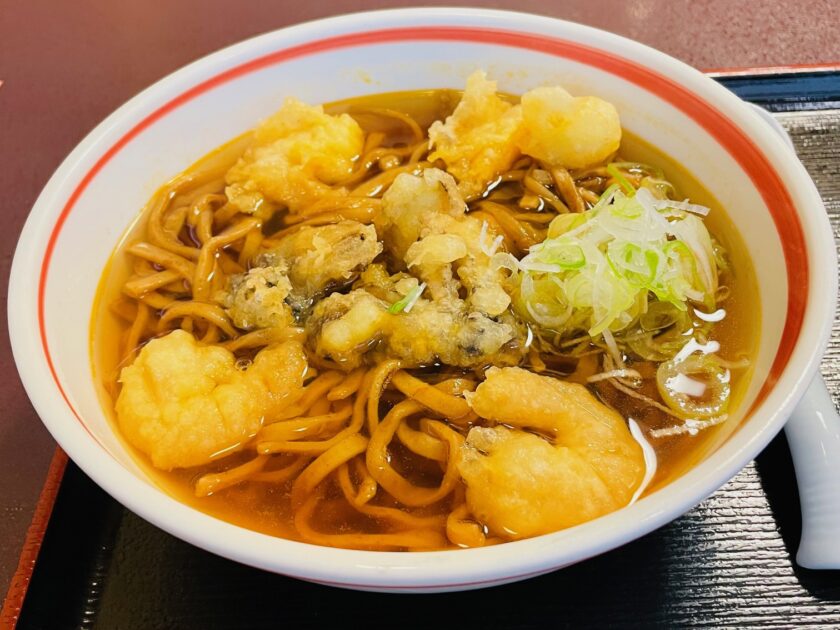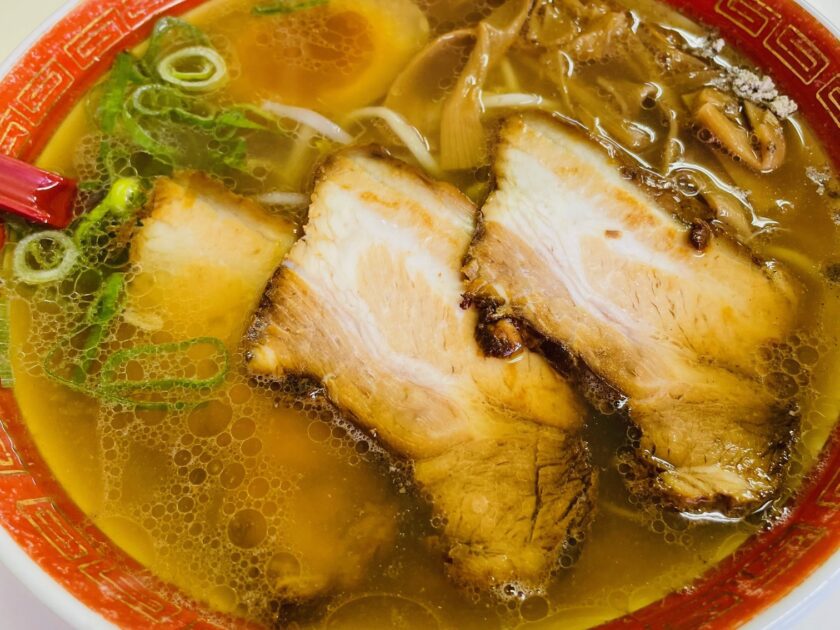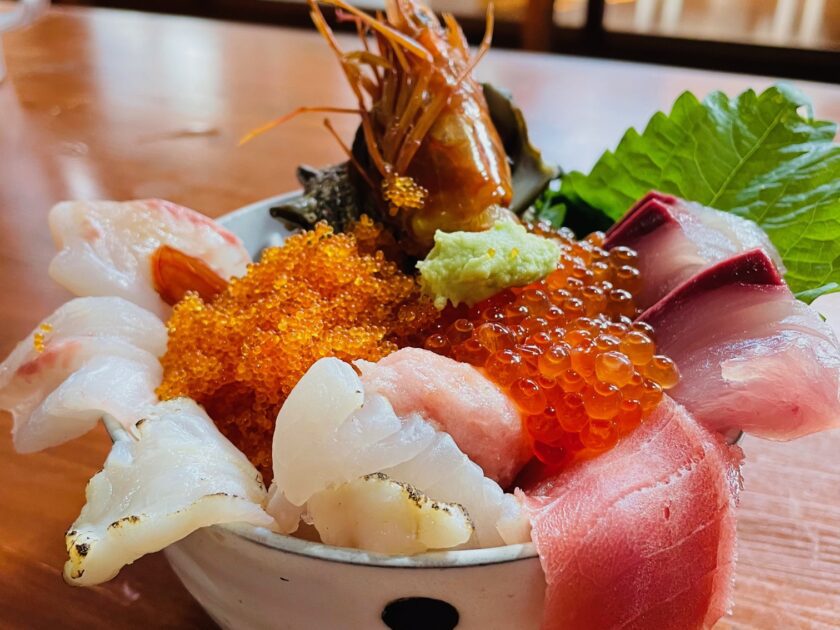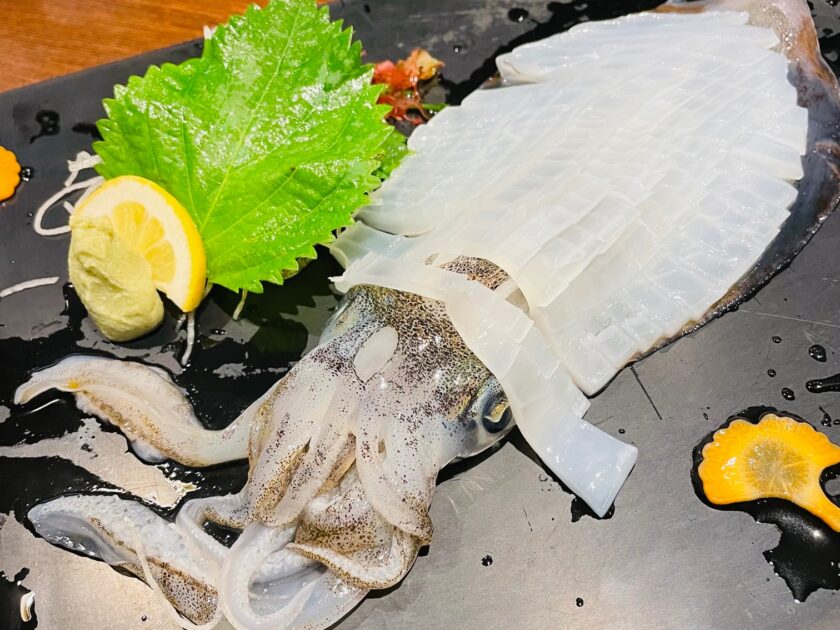30 Best local delicacies ranking (Chubu region)
30 Best local delicacies ranking (Chubu region) english 繁体中文(traditional chinese) Table of Contents 1. Introduction 2. Local delicacies ranking (Chubu region) 1. Introduction In Japan, many dishes are unique to each region. These dishes familiar to the locals are called variously “local gourmet,” “B-class gourmet,” “soul food,” etc., and are very popular. They are many dishes that have been developed in recent years and include a variety of genres such as Western and Chinese cuisine. On the other hand, “local cuisine” has a history of more than 100 years and is mainly Japanese cuisine that makes use of local ingredients and food culture. Many of these dishes have survived because they are supported by the local people, and basically, all of them are of a certain standard of taste. However, it is impossible for foreign travelers with a limited number of travel days to eat all of the unique regional cuisines. Therefore, we have compiled more than 1,000 types of “local gourmet,” “B-class gourmet,” “soul food,” and “local cuisine” and ranked them by region in order of the number of hashtags on social networking services (SNS). We hope that

